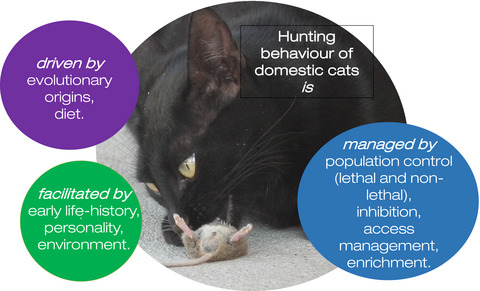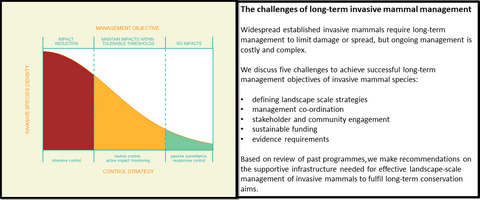Journal list menu
Export Citations
Download PDFs
July 2022
Adverse effects of Diptera flies on northern ungulates: Rangifer, Alces, and Bison
- First Published: 13 February 2022
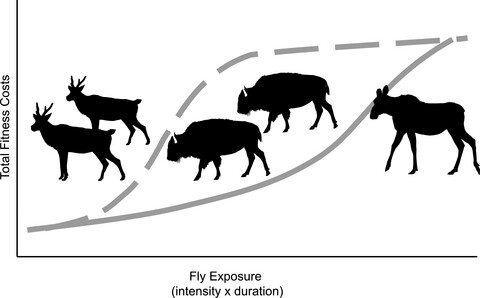
Ungulates resist flies initially by morphological barriers of skin and hair, and later by physiological processes of healing and immunity. The cost of repairing skin increases with damage to the body surface, but the costs of immune response vary widely with the fly and the associated diseases. Avoidance of flies reduces the uncertainty of responding to an infection but confers a cost in lost foraging opportunities. Rangifer tarandus (silhouettes on left with dashed line) avoid flies, while Alces alces (silhouette on right with solid line) do not avoid flies and live a mostly solitary life, leaving the Alces alces to rely on physical resistance followed by physiological response. Bison spp. (middle silhouettes) may use a facultative strategy in between the strategies of Rangifer tarandus and Alces alces, which depends upon the prevalence of flies in their environment.

April 2022
An assessment of current wolf Canis lupus domestication hypotheses based on wolf ecology and behaviour
- First Published: 10 October 2021

Dogs were domesticated from wolves 15000–25000 years ago, and two theories prevail about how the domestication process originated: 1) wolves domesticated themselves by frequenting human camps and feeding on discarded food, and 2) wolf pups were collected from dens and raised by humans selecting those most tractable and suitable for living with humans. This review is the first to assess these theories in relation to the characteristics of wolf ecology and behaviour that make the wolf suitable for domestication. The second hypothesis of pup adoption followed by selection seems better supported.

January 2022
Heterothermy, body size, and locomotion as ecological predictors of migration in mammals
- First Published: 05 July 2021
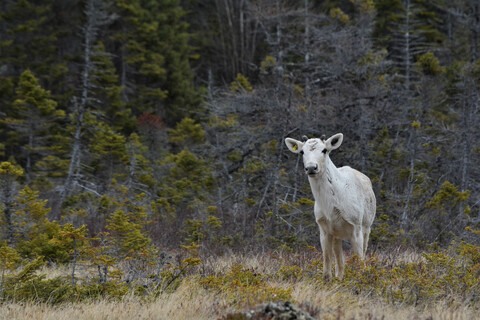
Migration is a strategy for animals to avoid seasonal resource depletion. Migration is common in animals, and studies of migration in birds are widespread. By contrast, there are fewer studies for mammals. In contrast to birds, mammals have three primary modes of locomotion (i.e. running, swimming, and flying) and they vary in size by several orders of magnitude, live in varied geographic areas and habitats, and have highly variable diets. Finally, mammalian species vary considerably in their heterothermic ability, i.e. the use of hibernation and torpor to avoid seasonal resource depletion. We compiled a dataset of 722 species from 27 mammalian orders and examine the effects of various behavioural and ecological predictors on migration. Overall, swimming and flying mammals were more likely to migrate than running mammals, and larger species were more likely to migrate than smaller ones. However, heterothermy was common among small running mammals that were unlikely to migrate. High-latitude swimming and flying mammals were more likely to migrate than high-latitude running mammals (where heterothermy was common), and most migratory running mammals were herbivorous. Our results provide insight into some of the general rules of migration and highlight a body size-mediated trade-off between migration and hibernation. Photo: a caribou on Fogo Island, Newfoundland, Canada, by Juliana Balluffi-Fry. Caribou and reindeer Rangifer tarandus have a circumpolar distribution and have among the longest migrations of all terrestrial species.

October 2021
Impacts of the COVID-19 pandemic on mammals at tourism destinations: a systematic review
- First Published: 02 March 2021
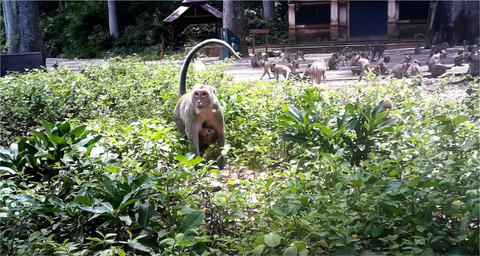
Mammals used in tourism have been impacted by the global COVID-19 pandemic. We explored how these mammals are reported in popular and scientific sources, and we documented the species and countries described in these sources. Using an existing framework, we classified each story into one of six categories with respect to how the mammals were portrayed in the article. We categorised most stories in the ‘mammals as attraction’ context. Asian elephants Elephas maximus were the most frequently discussed mammal, and a majority of the stories were focused on events occurring on the African continent. Our goal is to stimulate thought regarding welfare improvements for tourism mammals both during and after the pandemic. The photograph here taken in summer 2020 shows provisioned long-tailed macaques Macaca fascicularis at Don Chao Poo Forest, Phana, Thailand (photograph by Phana Monkey Project for Ashton M. Asbury). At this site, local visitors continue to feed the monkeys throughout the ongoing pandemic. Monkeys supplement their provisioned diet with natural resources.

July 2021
Drivers and facilitators of hunting behaviour in domestic cats and options for management
- First Published: 15 December 2020
April 2021
Risk of human-to-wildlife transmission of SARS-CoV-2
- First Published: 06 October 2020
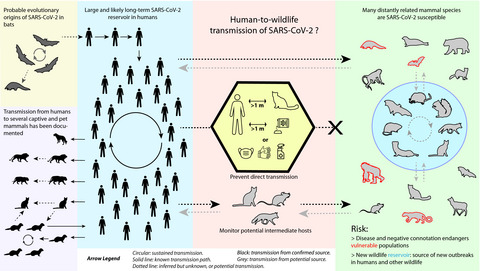
SARS-CoV-2, the highly transmissible novel coronavirus in humans, has a strikingly broad potential host range. We review the risk and potential impact of human-to-wildlife transmission of SARS-CoV-2. As demonstrated by several observations of humans transmitting SARS-CoV-2 to felids, dogs and mink, and by numerous animal and in vitro infection experiments, it is clear the virus is able to infect and be transmitted among a wide range of distantly related mammal species. If SARS-CoV-2 was to infect and spread among wild mammals, it could potentially cause disease in some mammal populations, in turn further endangering already threatened species or populations. A new animal reservoir of SARS-CoV-2 could be established if the virus were to be sustainably transmitted among some mammalian populations or communities. Such a reservoir could repeatedly source new outbreaks in humans and other animals and would severely hamper control measures of the pandemic. We therefore urge people to take sensible sanitary precautions when in direct or indirect contact with any wild or feral mammal species to prevent human-to-wildlife transmission of SARS-CoV-2. Controlling transmission routes from humans to wildlife via domestic, commensal or feral mammals acting as intermediate hosts will likely depend on early and active surveillance of these mammals.

January 2021
Ecosystem services provided by beavers Castor spp.
- First Published: 01 October 2020

Ecosystem services produced by beavers Castor spp. Grey circles show annual values for 1 million hectares of beaver ponds in the Northern Hemisphere (in millions of US dollars), while white circles show annual per-hectare values for each service (in USD(2017) ha−1 yr−1). Circle size indicates the value of each individual service. Circles not to scale.

October 2020
Identifying mesopredator release in multi-predator systems: a review of evidence from North America
- First Published: 13 July 2020
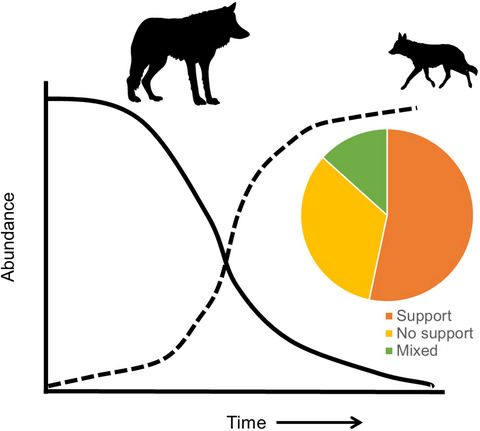
The global decline of apex carnivores is widely believed to be causing the competitive release of mid-ranking carnivores (or mesocarnivores) that were formerly suppressed by these larger carnivores. We reviewed evidence for mesocarnivore release hypothesis in North America and found a majority of examples used were limited to canids, particularly systems where wolves and coyotes co-occur. Evidence from this species pairing exemplifies an overall trend in our review that support for mesopredator release hypothesis is mixed and highly variable among (and even within) studies; suggesting the occurrence of mesopredator release is context-dependent and not ubiquitous across all mesocarnivores and ecosystems.

July 2020
Assessing the potential of environmental DNA metabarcoding for monitoring Neotropical mammals: a case study in the Amazon and Atlantic Forest, Brazil
- First Published: 14 January 2020
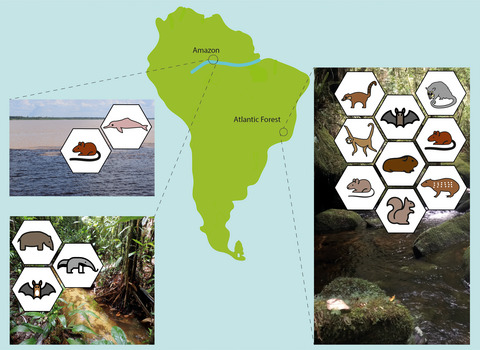
Mammalian families (shown with stylised drawings of representative species within hexagons) identified from environmental DNA samples in the Amazon and Atlantic Forests of Brazil. Water and sediment samples were taken from rivers (‘Meeting of the Waters’; top left) and streams (bottom left and right) and subjected to DNA metabarcoding analyses using mammal-specific primers. A total of 28 molecular operational taxonomic units (MOTUs) were identified, and 13 of these could be identified to species level. This case study has highlighted the potential of this non-invasive genetic technique to detect (and potentially monitor) terrestrial and aquatic mammals in these biodiverse Neotropical regions.

April 2020
The challenges of long-term invasive mammal management: lessons from the UK
- First Published: 28 February 2020
January 2020
Optimal hibernation theory
- First Published: 23 December 2019
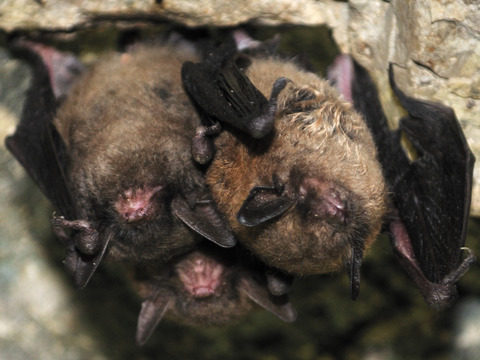
Hibernation was historically caricatured as little more than an energy conservation strategy during winter. This view drove the assumption that all hibernating mammals and birds can maximize fitness by maximising the use of hibernation. However, we now know that relative use of hibernation varies widely among individuals, populations, and species. Here, we provide a theoretical framework to predict, at least in relative terms, what factors should drive the degree to which an individual mammal or bird should express hibernation using classical optimality theory. We then use cave-hibernating bats as a case study to demonstrate the principles of ‘optimal hibernation theory’.

October 2019
Updated geographic range maps for giraffe, Giraffa spp., throughout sub-Saharan Africa, and implications of changing distributions for conservation
- First Published: 06 August 2019
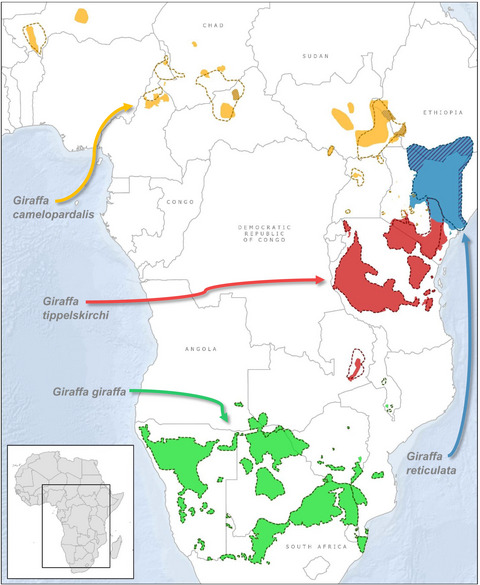
The ecology and distribution of giraffe are understudied, and geographic range maps lack consistency. We performed a review of existing giraffe range data, including aerial and ground observations of giraffe, existing geographic range maps, and available literature, to develop updated range maps. Range maps were updated for the four giraffe species (as shown by the coloured polygons): Giraffa camelopardalis (northern giraffe), Giraffa reticulata (reticulated giraffe), Giraffa tippelskirchi (Masai giraffe), and Giraffa giraffa (southern giraffa). Accurate maps are essential for conservation and these new maps will be submitted to IUCN to help guide conservation management strategies for giraffe populations.

July 2019
Population cycles in voles and lemmings: state of the science and future directions
- First Published: 10 May 2019

April 2019
Feeding ecological knowledge: the underutilised power of faecal DNA approaches for carnivore diet analysis
- First Published: 22 December 2018

January 2019
Continental patterns in the diet of a top predator: Australia's dingo
- First Published: 17 October 2018

October 2018
July 2018
Evolutionary and ecological traps for brown bears Ursus arctos in human-modified landscapes
- First Published: 05 April 2018

April 2018
Not all predators are equal: a continent-scale analysis of the effects of predator control on Australian mammals
- First Published: 24 January 2018





